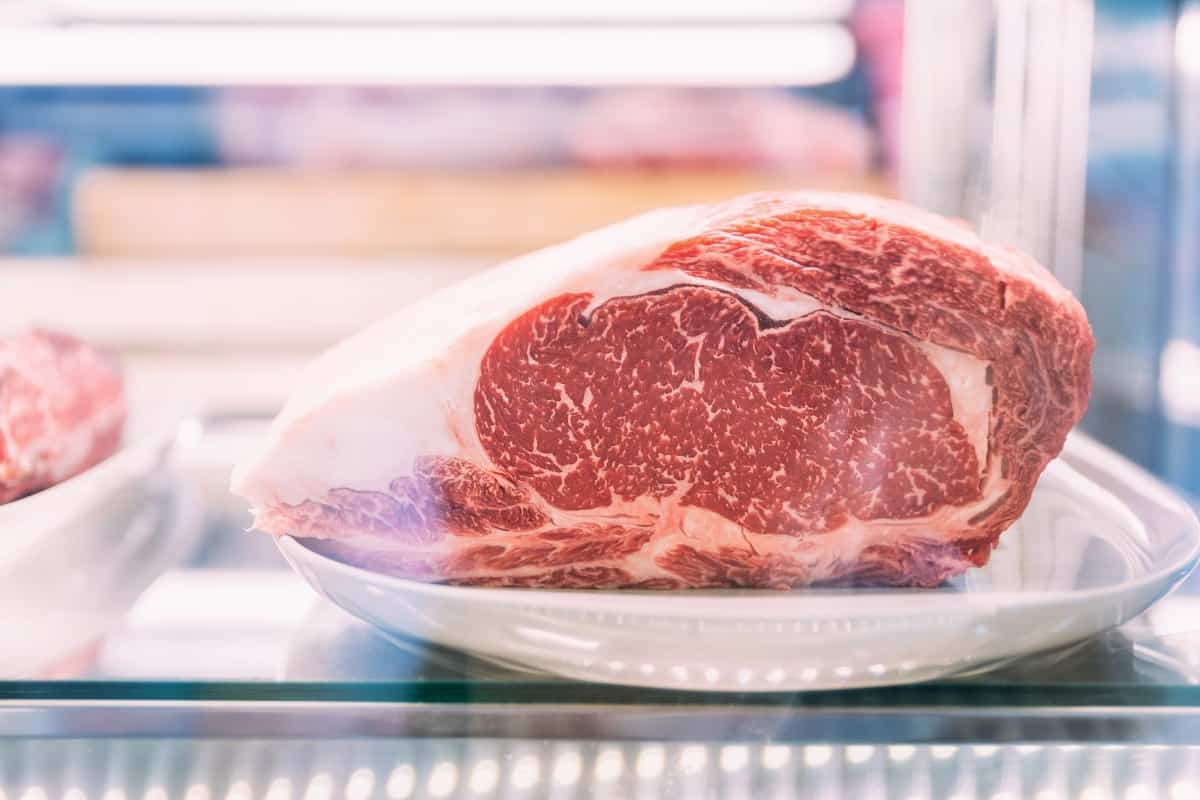

Articles
How Long Is A Steak Good In The Freezer
Modified: February 27, 2024
Discover helpful articles on how long a steak remains good in the freezer, including storage tips, recommended timeframes, and more. Make the most of your frozen steak with expert advice.
(Many of the links in this article redirect to a specific reviewed product. Your purchase of these products through affiliate links helps to generate commission for Storables.com, at no extra cost. Learn more)
Introduction
Steak is a beloved food that many people enjoy. From succulent ribeye to tender filet mignon, the flavors and textures of a perfectly cooked steak can be a true delight. However, there are times when you may end up with more steak than you can consume in one sitting. That’s where your freezer comes in handy. Freezing steak allows you to store it for longer periods, ensuring that you always have delicious cuts of meat on hand when you need them.
But how long can steak stay frozen without losing its quality? This is a common question among home cooks and steak enthusiasts. The answer depends on several factors, including the type of steak, the storage conditions, and the packaging method used. In this article, we will explore the factors that affect the quality of steak in the freezer, recommended time limits for freezing steak, proper storage and packaging techniques, signs of freezer burn, and tips for maximizing the quality of your frozen steaks.
By understanding these factors and following the best practices, you can ensure that your frozen steaks remain delicious and enjoyable whenever you decide to thaw and cook them. So, let’s dive in and learn more about freezing steaks!
Key Takeaways:
- Properly freezing steak involves considering factors like temperature, packaging, and steak type. Follow recommended time limits and storage techniques to maintain quality and prevent freezer burn.
- Thaw and cook frozen steak using safe methods and proper temperatures. Maximize quality by using freezer-safe packaging, portion control, and avoiding refreezing. Enjoy delicious steaks conveniently stored in the freezer.
Factors Affecting Steak Quality in the Freezer
When it comes to freezing steak, there are several factors that can affect its overall quality. By being aware of these factors, you can take the necessary steps to maintain the taste, texture, and overall integrity of your frozen steaks.
1. Temperature: The temperature at which you freeze your steak plays a crucial role in preserving its quality. It is recommended to freeze steak at a temperature of 0°F (-18°C) or below. Freezing at this temperature helps prevent the formation of large ice crystals, which can damage the structure of the meat and lead to texture changes.
2. Packaging: Proper packaging is essential to protect your steak from exposure to air and moisture. Oxygen and moisture can lead to freezer burn, which causes the steak to develop off-flavors and a dry, leathery texture. To prevent freezer burn, tightly wrap your steak in airtight packaging, such as plastic wrap or freezer bags, removing as much air as possible.
3. Type of Steak: The type of steak you are freezing also plays a role in its quality. Generally, steaks with a higher fat content, such as ribeye or New York strip, freeze better than leaner cuts like sirloin or filet mignon. The fat acts as a protective barrier, helping to preserve the moisture and flavor of the steak during freezing and thawing.
4. Duration of Freezing: The longer you keep a steak in the freezer, the more its quality may deteriorate. While freezing is an effective method for preserving food, it is not indefinite. Over time, the texture of the steak may become slightly softer, and the flavors may diminish. It is recommended to consume frozen steak within 6 to 12 months for the best quality.
5. Quality of Steak: The quality of the steak before freezing also plays a role in its quality after thawing. It is important to start with fresh, high-quality steaks to ensure optimal results. Freezing cannot improve the quality of a subpar steak, so be sure to choose cuts that are fresh and well-marbled.
By considering these factors and taking the necessary precautions, you can ensure that your frozen steaks maintain their quality and deliver a delicious eating experience when you decide to cook them.
Recommended Time Limits for Freezing Steak
While freezing can help extend the shelf life of your steak, it is important to be mindful of the recommended time limits to ensure the best quality. Here are some general guidelines for freezing steak:
1. Fresh Steak: If you have purchased fresh steak and want to freeze it, it is recommended to do so as soon as possible. The longer it sits in the refrigerator, the more the quality may deteriorate. Aim to freeze fresh steak within 1 to 2 days of purchase for optimal results.
2. Refrigerated Steak: If you have leftover cooked steak that has been refrigerated, it can also be frozen for later use. However, it is best to freeze it within 3 to 4 days of refrigeration to maintain its quality.
3. Vacuum-Sealed Steak: If you have vacuum-sealed your steak before freezing, it can last longer without significant quality degradation. Vacuum-sealing helps to reduce exposure to air and moisture, prolonging the freshness of the meat. It is generally recommended to consume vacuum-sealed steak within 2 to 3 months for the best taste and texture.
4. Non-Vacuum-Sealed Steak: If your steak is not vacuum-sealed, it is recommended to consume it within 6 to 12 months of freezing to maintain optimal quality. Beyond this period, the steak may still be safe to eat, but its flavor and texture may begin to deteriorate.
It is important to note that these time limits are general guidelines and can vary depending on the storage conditions and the quality of the steak before freezing. Always use your judgment and evaluate the quality of the steak before consuming it.
By following these recommended time limits, you can ensure that your frozen steaks retain their flavor, texture, and overall quality for a delightful dining experience when you decide to thaw and cook them.
Proper Storage and Packaging Techniques
Proper storage and packaging techniques are essential for preserving the quality of your steak in the freezer. By following these guidelines, you can ensure that your frozen steaks stay fresh and flavorful:
1. Wrap Individual Steaks: Before freezing, it is best to wrap each steak individually. This helps prevent them from sticking together and allows you to easily take out the desired amount without thawing the whole package. You can use plastic wrap or freezer bags to tightly wrap each steak.
2. Remove Excess Air: When packaging the steaks, be sure to remove as much air as possible. Exposure to air can lead to freezer burn and affect the quality of the meat. Squeeze out any excess air from the freezer bags or use a vacuum sealer to create an airtight seal.
3. Label and Date: It is important to label and date each package before placing it in the freezer. This helps you keep track of the storage time and ensures that you use the oldest steaks first. Use adhesive labels or marker pens to clearly mark the type of steak and the date of freezing.
4. Use Freezer-Safe Containers: If you prefer to use containers instead of wrapping the steaks individually, make sure to use freezer-safe containers. These containers are designed to withstand low temperatures and prevent freezer burn. Choose containers made of sturdy plastic or glass with tight-fitting lids.
5. Store in the Back of the Freezer: To maintain a consistent temperature, store your wrapped or packaged steaks in the back of the freezer. The back of the freezer is generally the coldest area, and this will help prevent temperature fluctuations that can affect the quality of the meat.
6. Avoid Overcrowding: Avoid overcrowding the freezer with too many steaks or other items. Overcrowding can reduce airflow, leading to uneven freezing and potential loss of quality. Leave enough space between the steaks for air circulation.
By following these storage and packaging techniques, you can safeguard your steaks from freezer burn and maintain their quality for a longer period. Properly packaged and labeled steaks will also make it easier for you to find and utilize them efficiently when you’re ready to cook.
To maintain the quality of a steak in the freezer, it is best to consume it within 6-12 months. After this time, the steak may start to develop freezer burn and lose its flavor and texture.
Signs of Freezer Burn
Freezer burn is a common occurrence when food is improperly stored in the freezer for an extended period. It can affect the quality and flavor of your steak. Here are some signs to look out for to determine if your steak has freezer burn:
1. Discoloration: One of the first signs of freezer burn is discoloration on the surface of the steak. The affected areas may appear white or grayish in color. This discoloration is caused by moisture loss and oxidation due to exposure to air.
2. Dry and Leathery Texture: Freezer burn can also cause the steak to become dry and leathery to the touch. The loss of moisture from the meat results in a tough and unappetizing texture.
3. Flavor Changes: Another indication of freezer burn is a notable change in flavor. The steak may develop a stale or off-flavor due to the oxidation process. This can significantly impact the taste and enjoyment of the meat.
4. Ice Crystal Formation: When freezer burn occurs, ice crystals can form on the surface of the steak. These crystals can be visually observed and indicate that the meat has been exposed to temperature fluctuations.
It’s important to note that while freezer burn doesn’t necessarily render the steak unsafe to eat, it does affect the quality and taste. If you notice any signs of freezer burn, it is best to trim off the affected areas before cooking.
To prevent freezer burn, ensure proper packaging by using airtight wrapping or freezer bags. Removing excess air and tightly sealing the packaging will help minimize exposure to air and moisture. Storing the steak in the coldest part of the freezer and using it within the recommended time limits will also reduce the risk of freezer burn.
By being aware of the signs of freezer burn and taking preventive measures, you can preserve the flavors and texture of your steaks, ensuring a delightful dining experience every time.
Thawing and Cooking Frozen Steak
Thawing and cooking frozen steak properly is essential to ensure it cooks evenly and retains its flavor and tenderness. Here are some recommended methods for thawing and cooking frozen steak:
1. Thawing Methods:
- Refrigerator Thawing: The best and safest way to thaw frozen steak is to transfer it from the freezer to the refrigerator. Place the wrapped steak on a plate or in a container to catch any drips and allow it to thaw slowly in the refrigerator. Depending on the thickness of the steak, it can take anywhere from 12 to 24 hours to thaw completely.
- Cold Water Thawing: If you’re short on time, you can use the cold water thawing method. Keep the steak in its packaging and submerge it in a bowl of cold water. Change the water every 30 minutes to maintain a cold temperature. Thin steaks can thaw within an hour, while thicker cuts may take a couple of hours.
- Defrosting in the Microwave: While not the preferred method, you can thaw steaks in the microwave using the defrost setting. Follow the manufacturer’s instructions for your microwave’s defrost function, as the timing can vary. Be cautious not to partially cook the steak during the process.
2. Cooking Methods:
- Grilling: Grilling is a popular method for cooking steaks. Preheat the grill to high heat and sear the steak on both sides. Then, reduce the heat to medium and continue cooking to your desired doneness.
- Broiling: Broiling is a great option if you want to achieve a delicious char on the outside of your steak. Place the steak on a broiler pan or rack and broil it a few inches away from the heat source. Flip the steak halfway through the cooking time to ensure even cooking.
- Searing and Oven Finishing: For thicker cuts, you can start by searing the steak in a hot skillet with oil or butter. Once both sides are nicely browned, transfer the steak to a preheated oven to finish cooking at a lower temperature.
- Pan-Seared: Pan-searing is another method to cook frozen steak. Heat a skillet on high heat and sear the steak on both sides until well browned. Lower the heat and continue cooking until the desired doneness is reached.
3. Temperature and Doneness:
The USDA recommends cooking steak to a minimum internal temperature of 145°F (62.8°C) for medium-rare and up to 160°F (71°C) for well-done. Use an instant-read meat thermometer to check the doneness of the steak.
Remember to let the cooked steak rest for a few minutes before slicing to allow the juices to redistribute and ensure maximum tenderness.
By properly thawing and cooking your frozen steak, you can enjoy a delicious and perfectly cooked meal, whether it’s on the grill, in the oven, or on the stovetop.
Tips for Maximizing Steak Quality in the Freezer
To maximize the quality of your steaks while they are stored in the freezer, keep these tips in mind:
1. Use Freezer-Safe Packaging: Ensure that you use freezer-safe packaging to wrap or store your steaks. This includes airtight plastic wrap, heavy-duty freezer bags, or vacuum-sealed containers. These packaging options help to prevent freezer burn and maintain the quality of the meat.
2. Remove Excess Air: When packaging your steaks, squeeze out as much air as possible from the packaging. Excess air can lead to freezer burn and affect the taste and texture of the steaks. Using a vacuum sealer or press-and-seal technique can help remove air from freezer bags.
3. Portion Control: Consider portioning your steaks before freezing. This allows you to thaw only the amount you need, reducing waste and ensuring consistent cooking times. You can wrap individual portions separately to make them easily accessible.
4. Label and Date: Properly label and date your packaged steaks before placing them in the freezer. This helps you keep track of their storage time and ensures that you use the oldest steaks first. Labeling also helps to identify the type of steak, such as ribeye or sirloin, for easy selection.
5. Store Deep in the Freezer: Store your steaks in the coldest part of the freezer, typically the back or bottom shelf. This ensures a more constant temperature, minimizing temperature fluctuations that can affect the quality of the meat. Keep in mind that the freezer door is subjected to temperature changes when opened frequently, so avoid storing steaks there.
6. Avoid Refreezing: Once you have thawed and cooked your steaks, it is best to avoid refreezing them. Refreezing can negatively impact the texture, taste, and safety of the meat. Plan your meals accordingly to avoid this situation.
7. Use Within Recommended Time Limits: Adhere to the recommended time limits for freezing outlined earlier in this article. Consuming your frozen steaks within these limits ensures the best quality and flavor.
8. Trim Off Freezer-Burned Areas: If you notice any signs of freezer burn on your steaks, such as discoloration or dry patches, trim off those areas before cooking. This helps to remove any unpleasant flavors and textures that may have developed.
By following these tips, you can maximize the quality and taste of your steaks while they are stored in the freezer. Enjoy the convenience of having delicious steaks readily available while maintaining their freshness!
Conclusion
Freezing steak is a convenient way to extend its shelf life and ensure you always have delicious cuts of meat on hand. By understanding the factors that affect steak quality in the freezer and following the recommended guidelines for storage, thawing, and cooking, you can preserve the flavor, texture, and overall integrity of your steaks.
Factors such as temperature, packaging, type of steak, and storage duration all play a role in maintaining the quality of frozen steak. Freezer burn, characterized by discoloration, dryness, and flavor changes, can be prevented by using proper packaging techniques, removing excess air, and storing steaks in the coldest part of the freezer.
Thawing frozen steak can be done in the refrigerator, cold water, or microwave, with refrigerator thawing being the preferred method for achieving the best results. Cooking frozen steak can be done through grilling, broiling, searing, or pan-searing, considering the desired doneness and using a meat thermometer to ensure proper cooking temperature.
To maximize the quality of your frozen steaks, use freezer-safe packaging, practice portion control, and avoid refreezing once cooked. Labeling and dating each package helps with organization and identifying the oldest steaks for consumption. Trimming off any freezer-burned areas before cooking is also recommended to improve taste and texture.
By following these guidelines and tips, you can confidently freeze your steaks knowing that they will retain their deliciousness and be ready to enjoy whenever you’re ready to cook them.
So, go ahead and make the most of your freezer to store those mouth-watering steaks, and savor the convenience and enjoyment of having them readily available for your next meal!
Frequently Asked Questions about How Long Is A Steak Good In The Freezer
Was this page helpful?
At Storables.com, we guarantee accurate and reliable information. Our content, validated by Expert Board Contributors, is crafted following stringent Editorial Policies. We're committed to providing you with well-researched, expert-backed insights for all your informational needs.
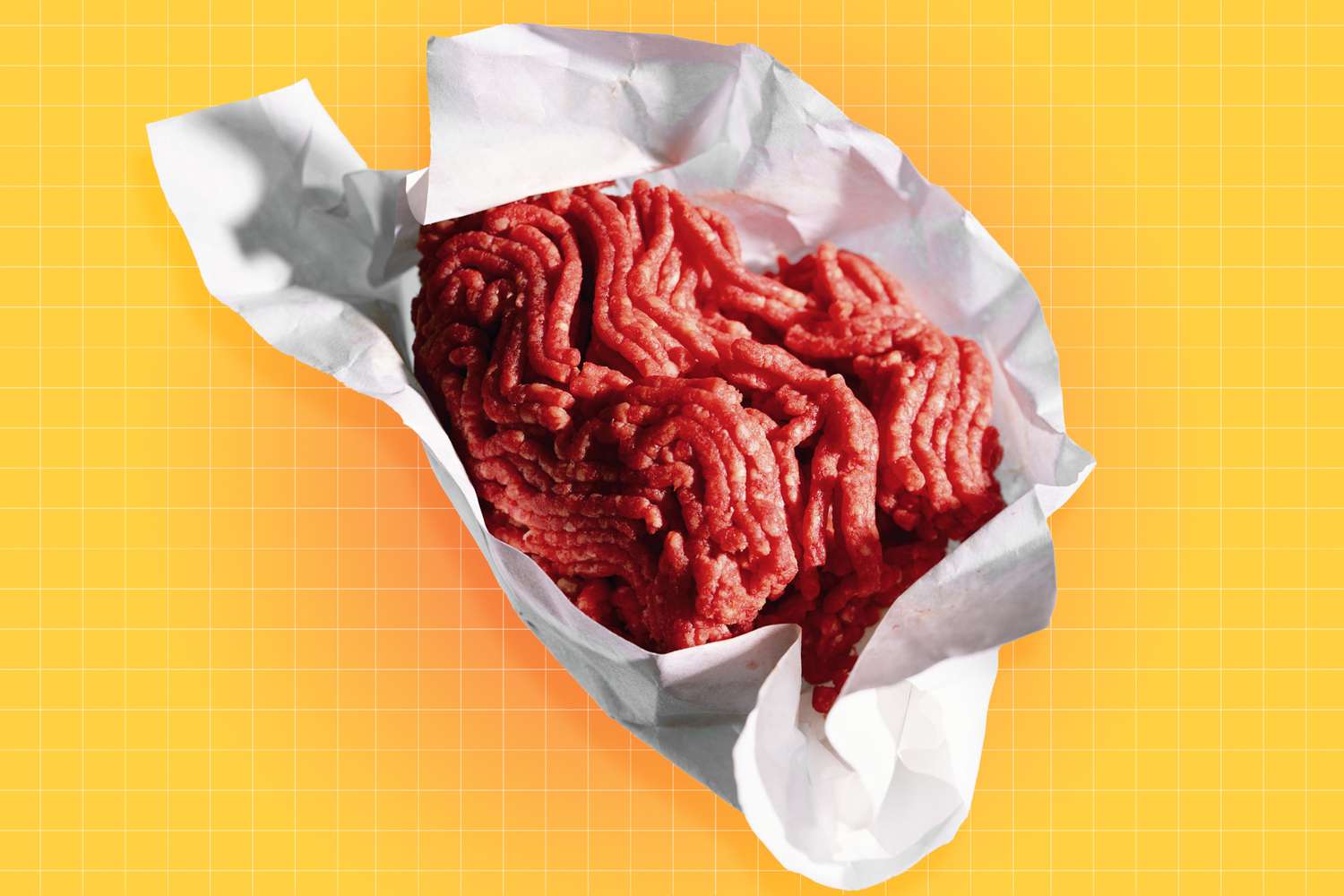
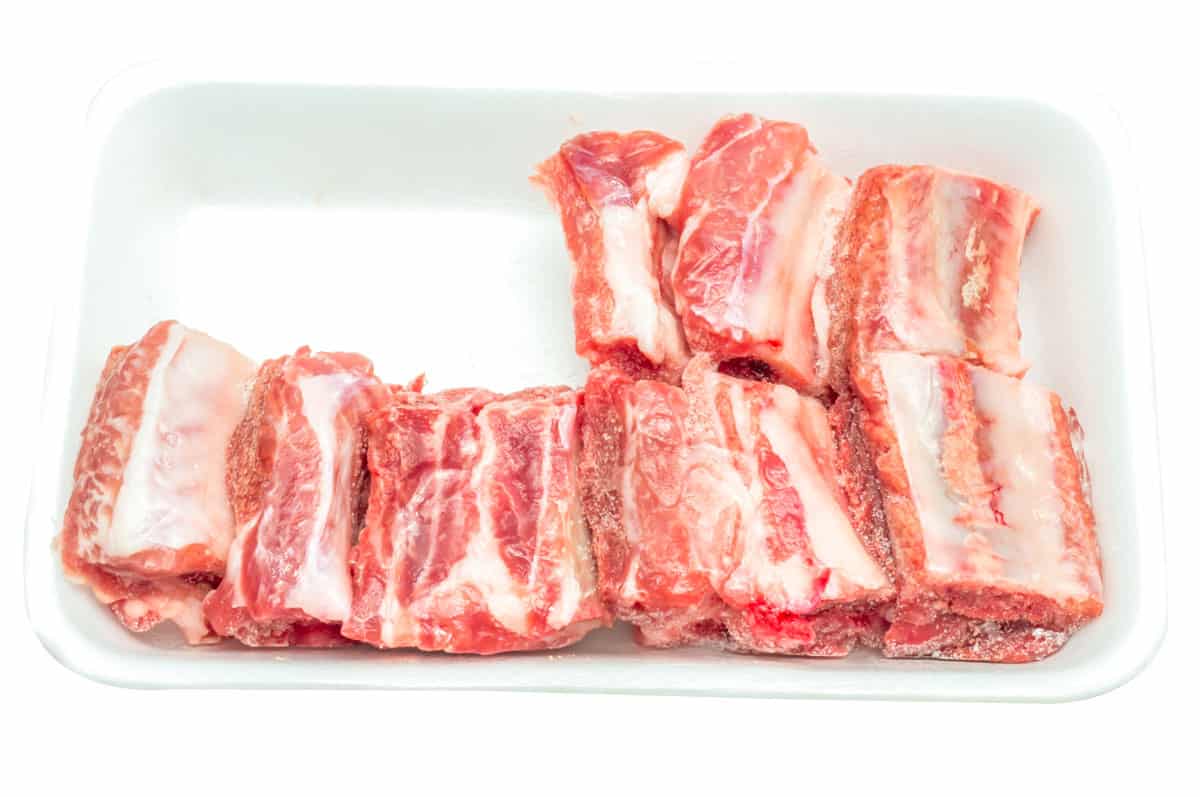

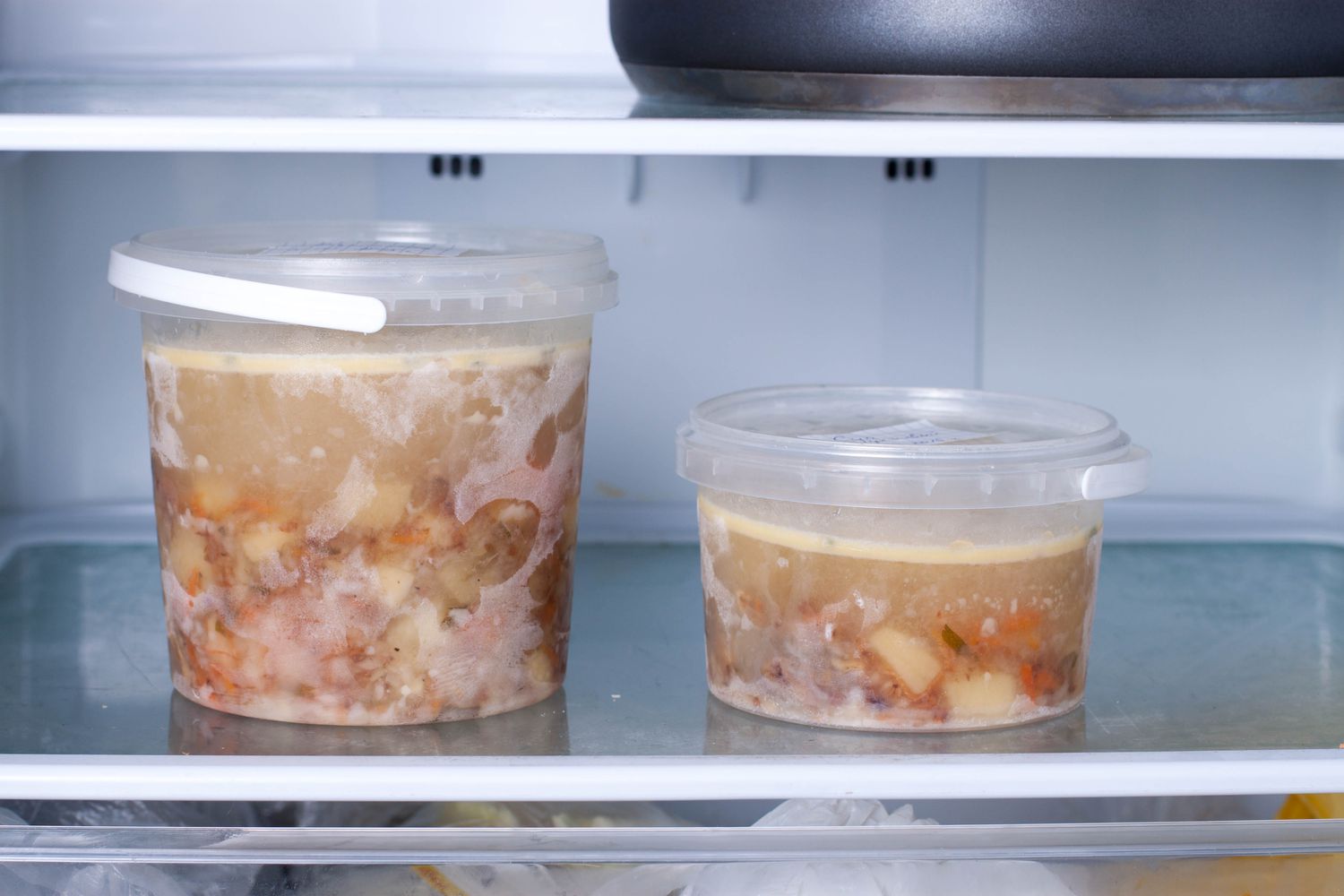

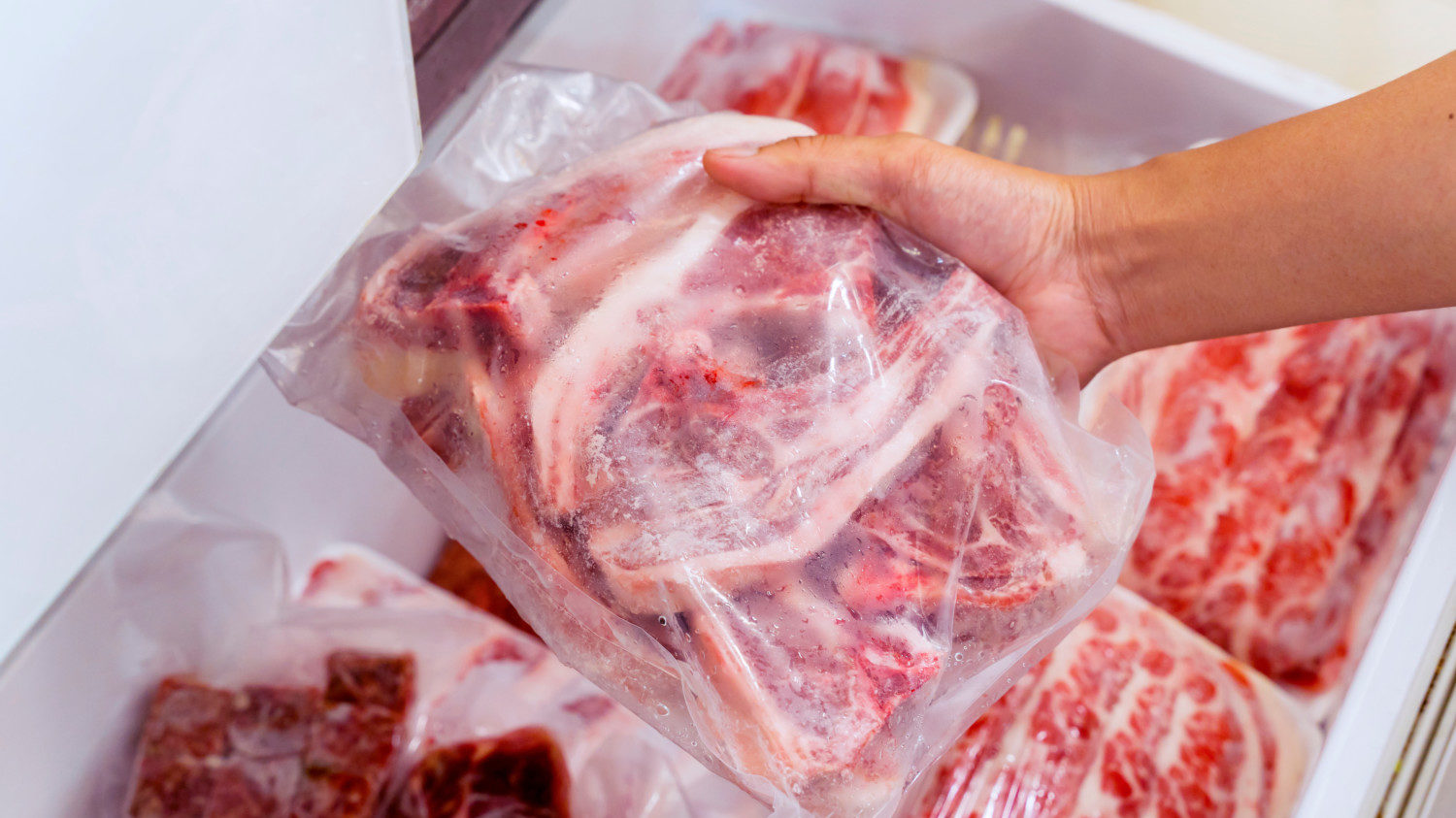

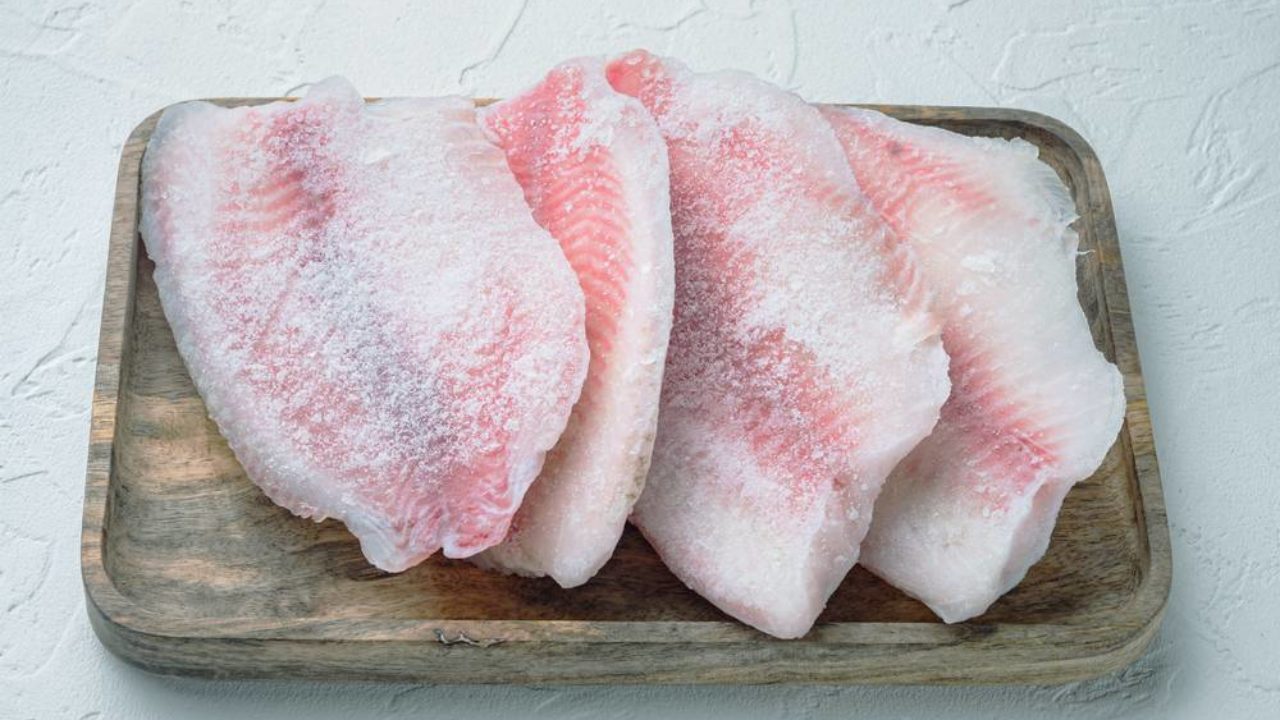

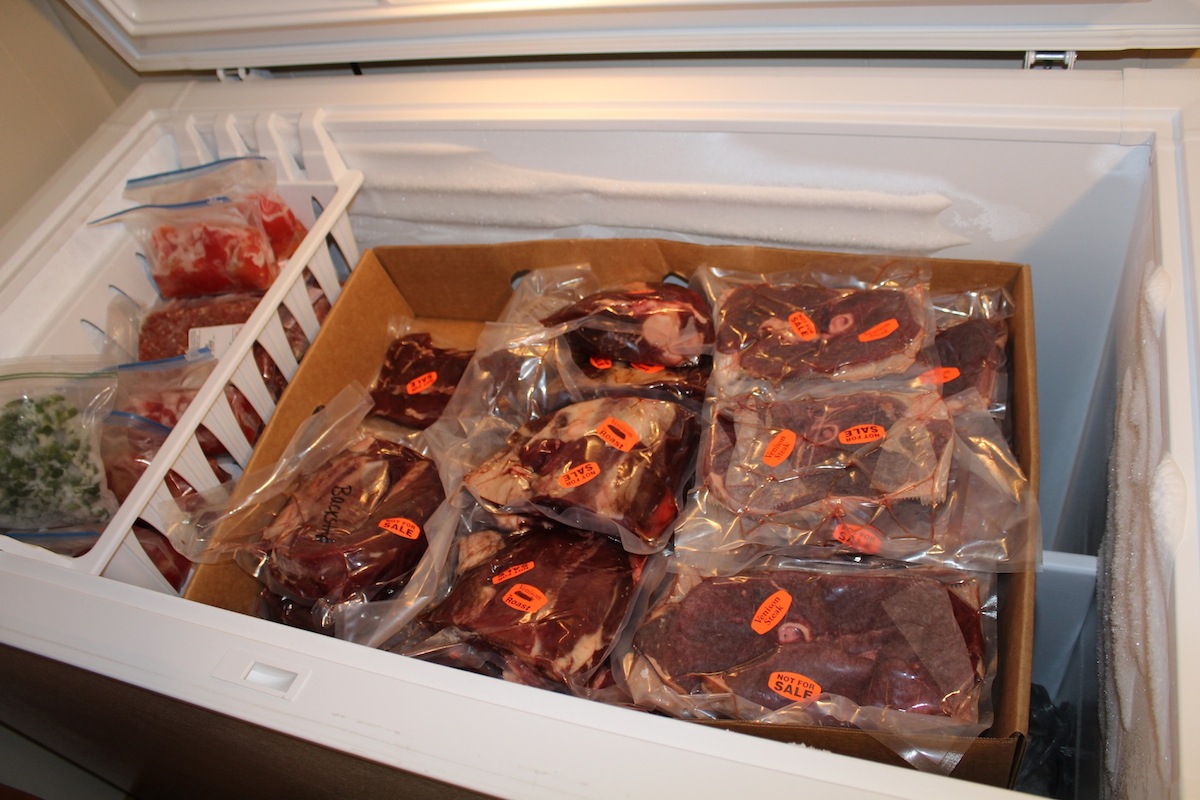
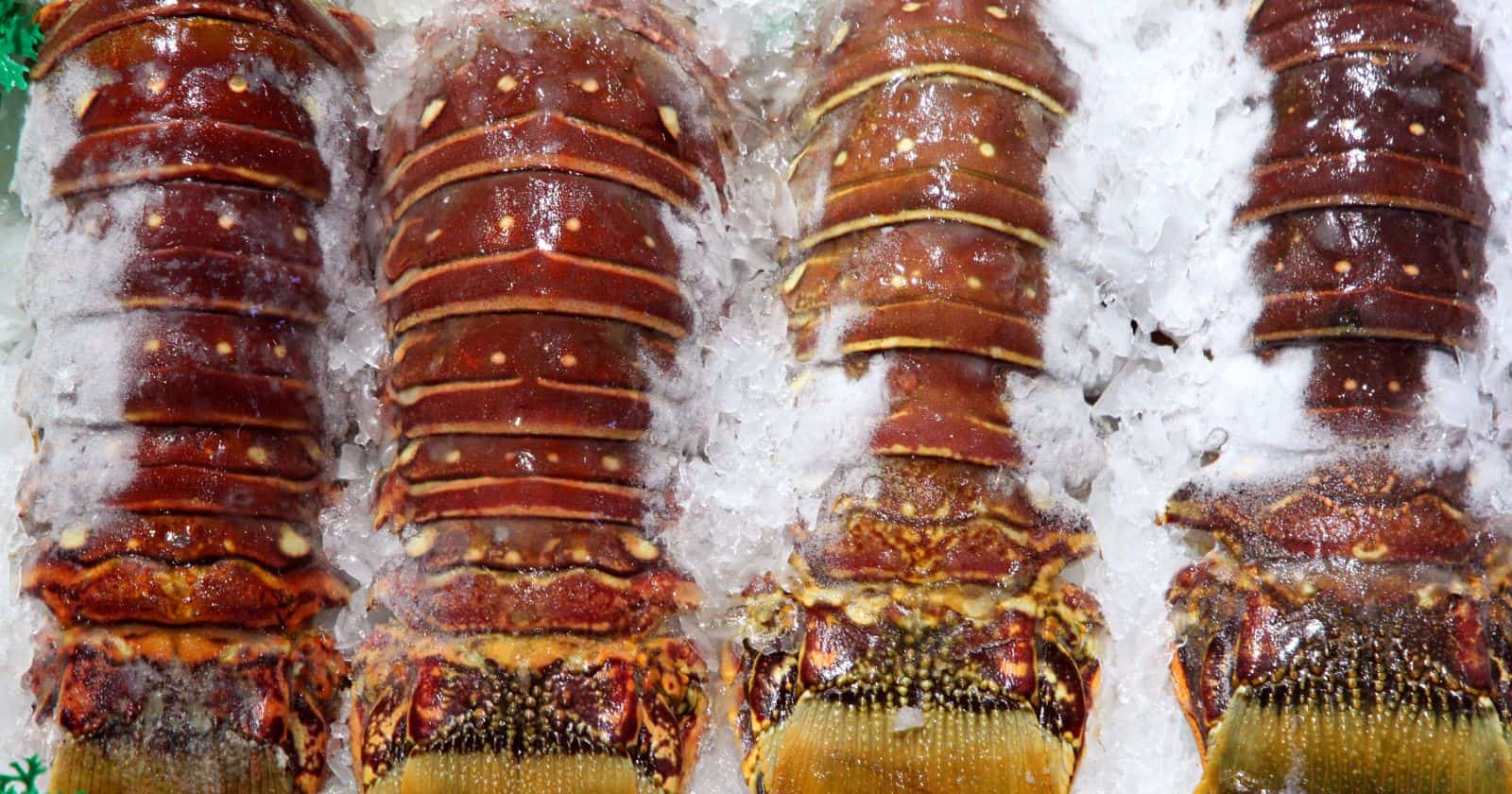
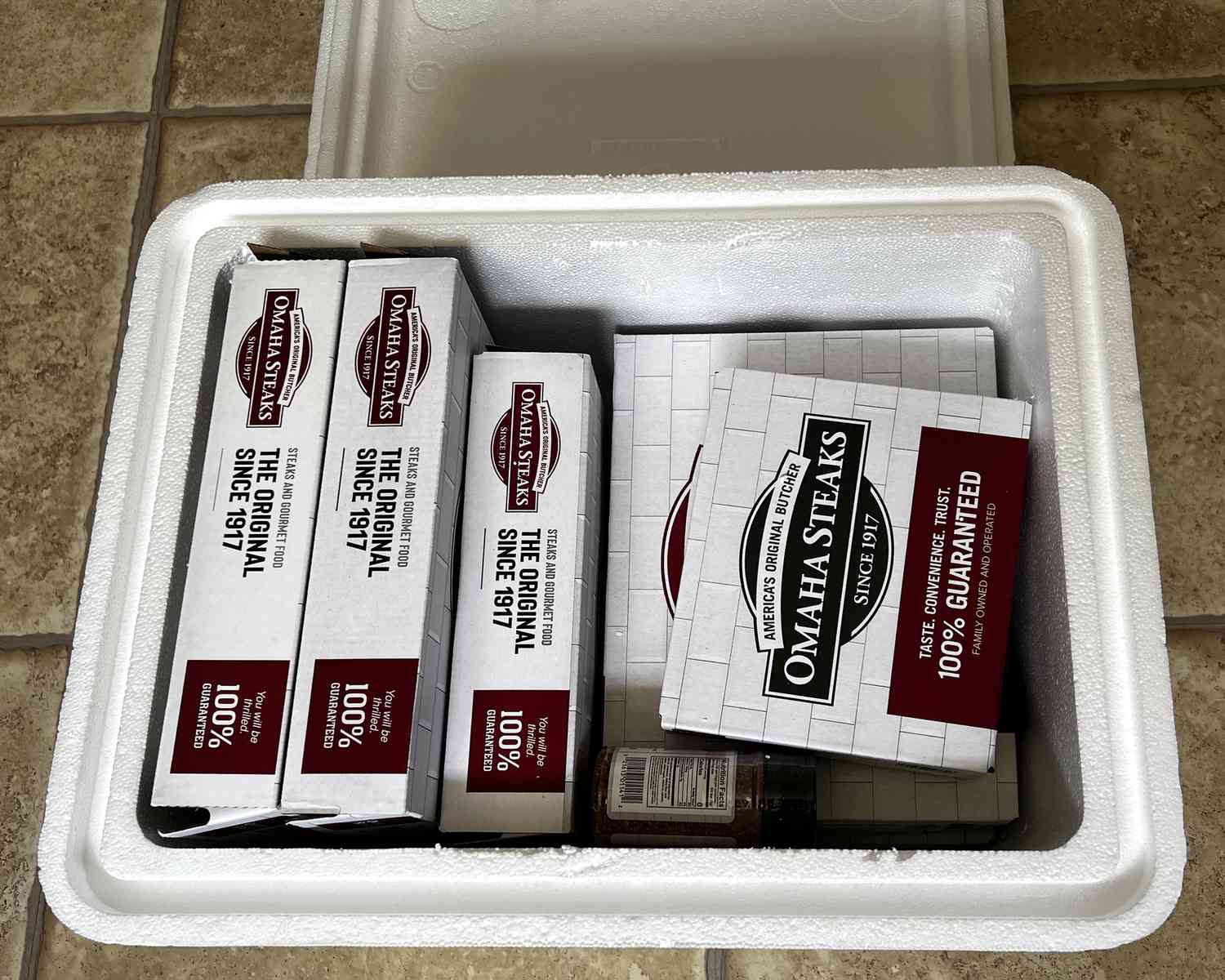
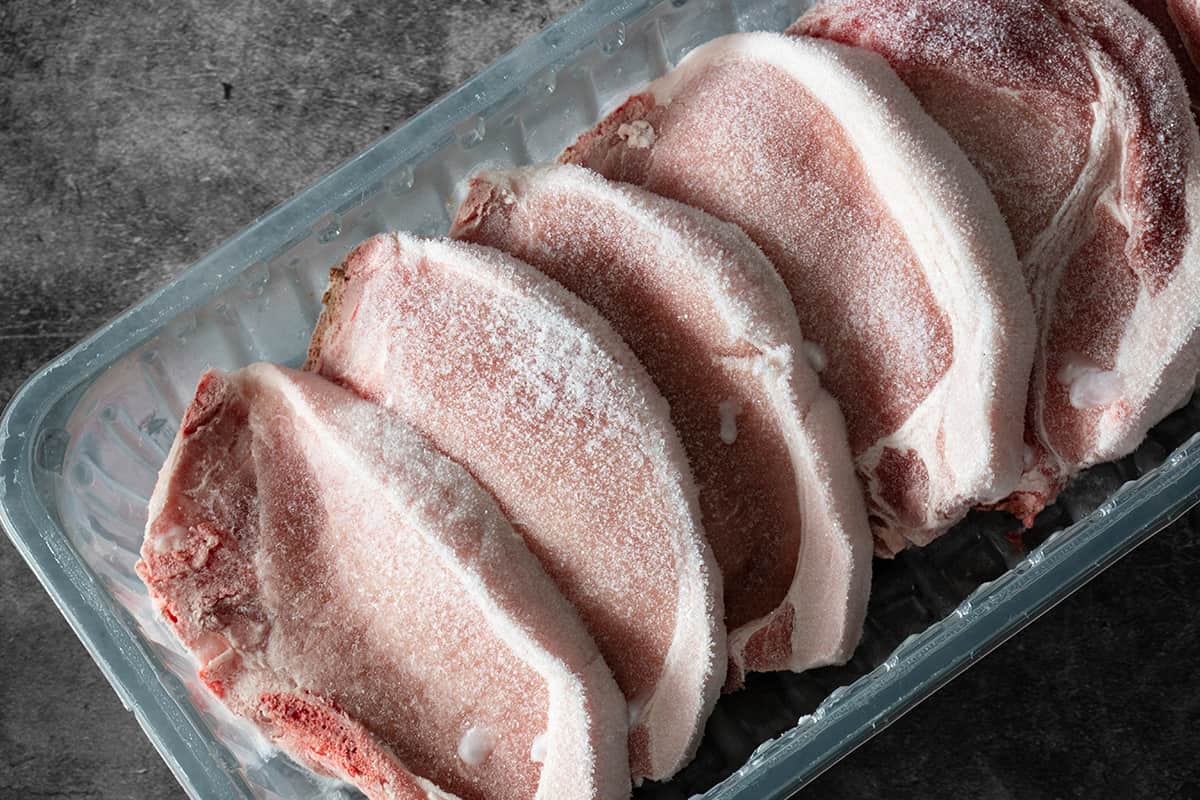
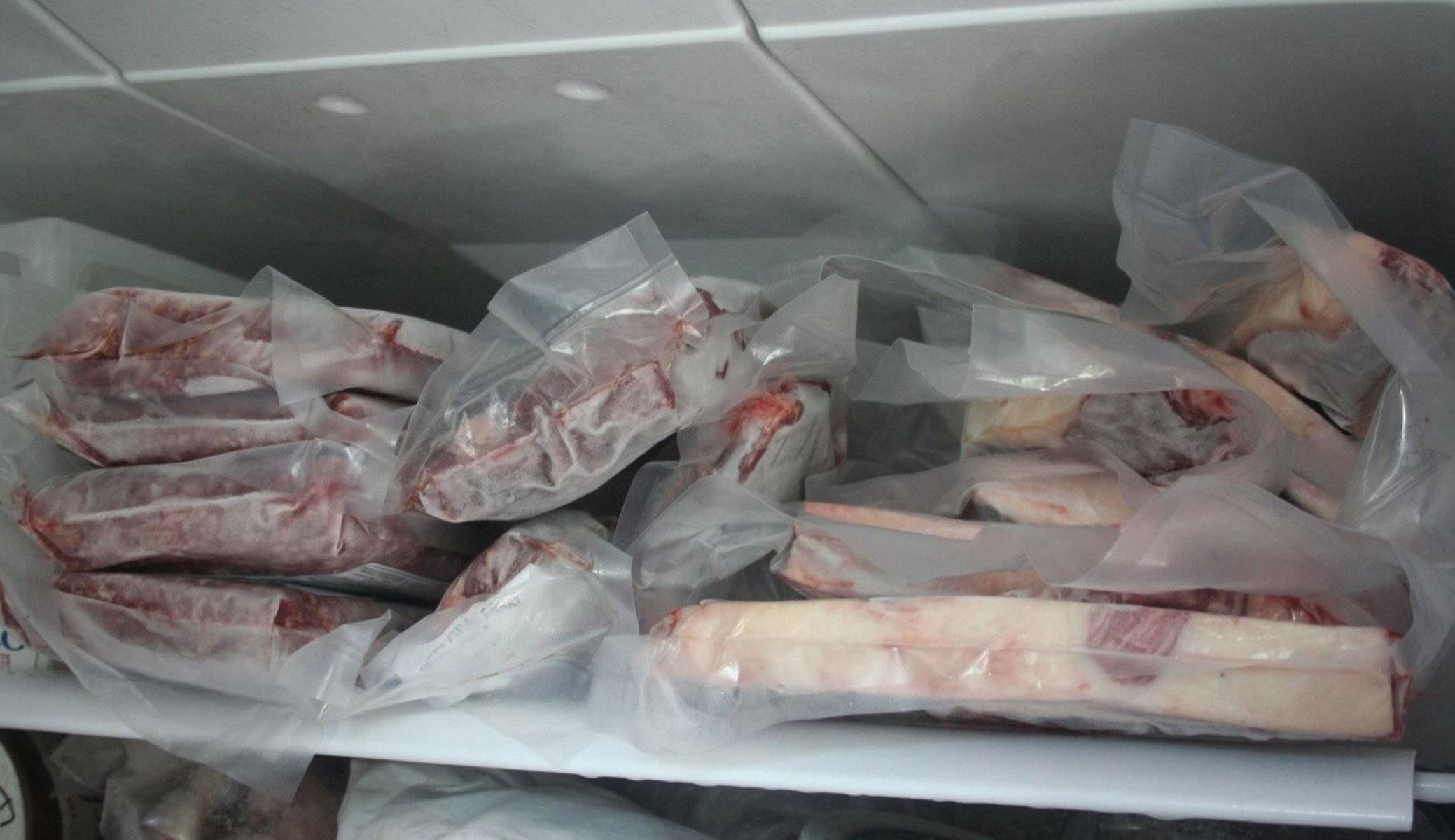

0 thoughts on “How Long Is A Steak Good In The Freezer”